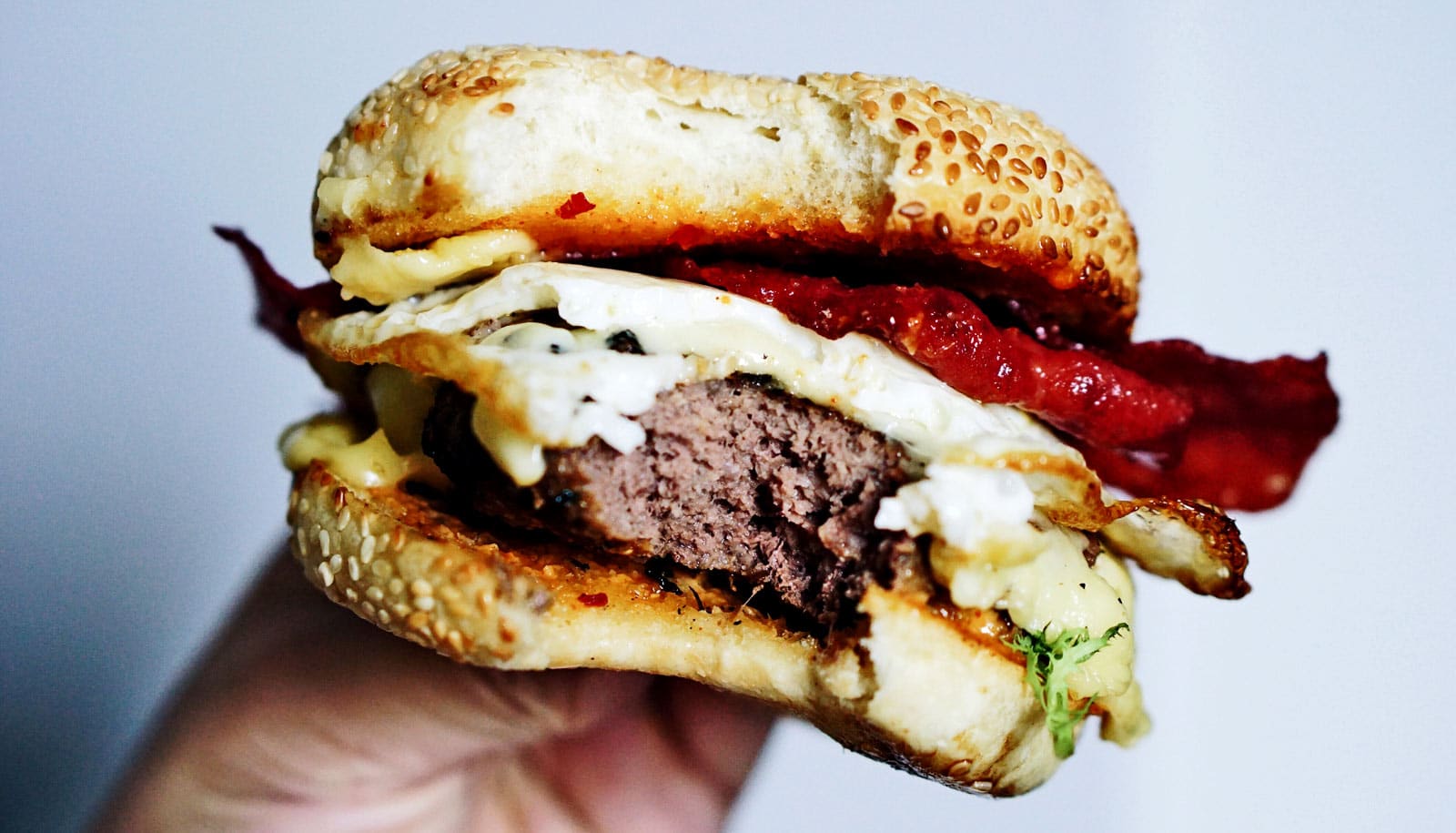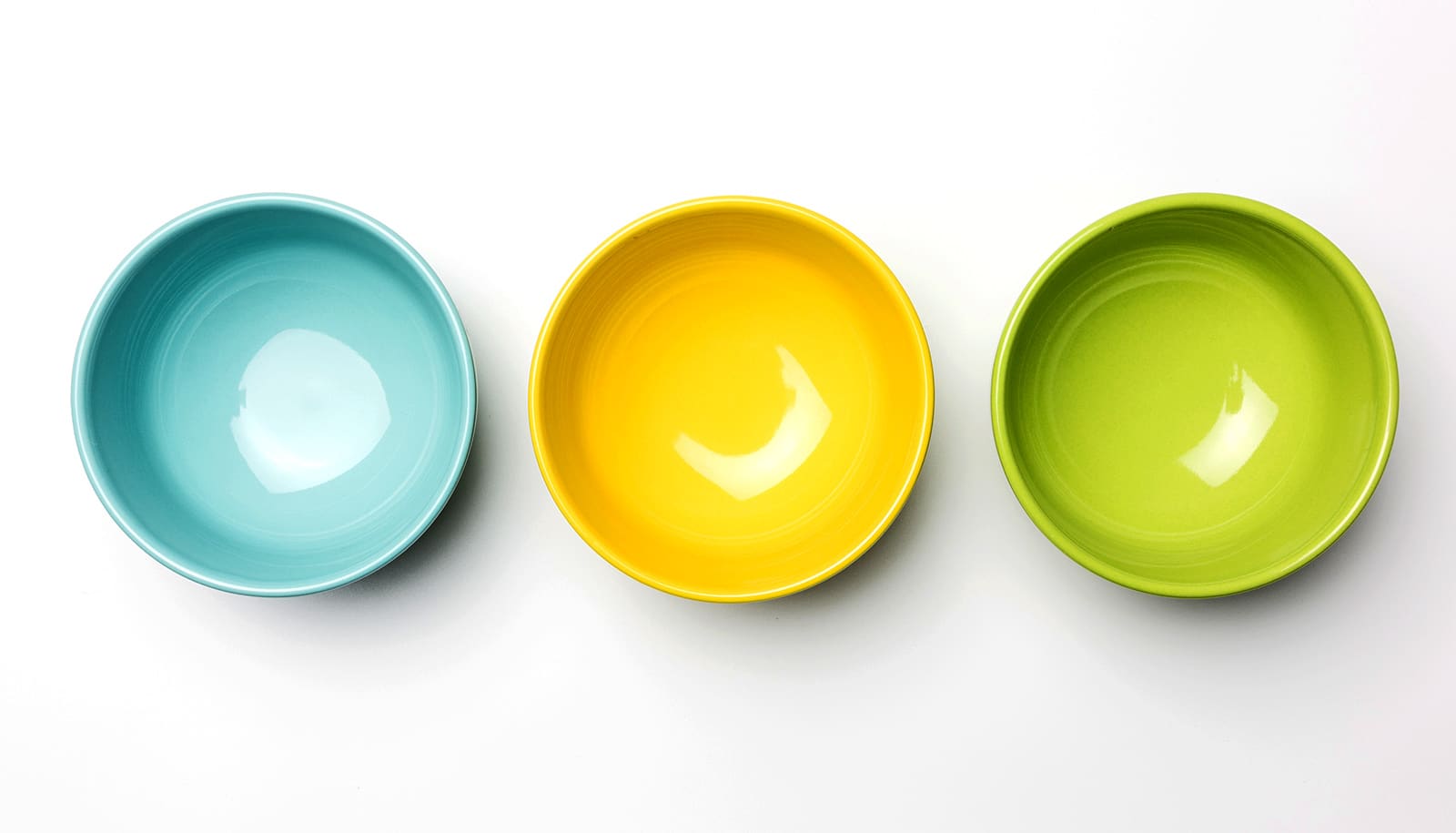Frequently adding salt to foods was associated with an increased risk of developing type 2 diabetes in a new study.
People at risk for type 2 diabetes may already know to avoid sugar, but the study suggests they may want to skip the salt as well.
The study in Mayo Clinic Proceedings surveyed more than 400,000 adults registered in the UK Biobank about their salt intake. Over a median of 11.8 years of follow-up, more than 13,000 cases of type 2 diabetes developed among participants.
Compared to those who “never” or “rarely” used salt, participants who “sometimes,” “usually,” or “always” added salt had a respective 13%, 20%, and 39% higher risk of developing type 2 diabetes.
“We already know that limiting salt can reduce the risk of cardiovascular diseases and hypertension, but this study shows for the first time that taking the saltshaker off the table can help prevent type 2 diabetes as well,” says lead author Lu Qi, professor at the Tulane University School of Public Health and Tropical Medicine.
Further research is needed to determine why high salt intake could be linked to a higher risk of type 2 diabetes. However, Qi believes salt encourages people to eat larger portions, increasing the chances of developing risk factors such as obesity and inflammation.
The study found an association between frequent consumption of salt and higher BMI and waist-to-hip ratio.
Qi says the next step is to conduct a clinical trial controlling the amount of salt participants consume and observing the effects.
Still, Qi says it’s never too early to start searching for low-sodium ways to season your favorite foods.
“It’s not a difficult change to make, but it could have a tremendous impact on your health,” Qi says.
Source: Tulane University



